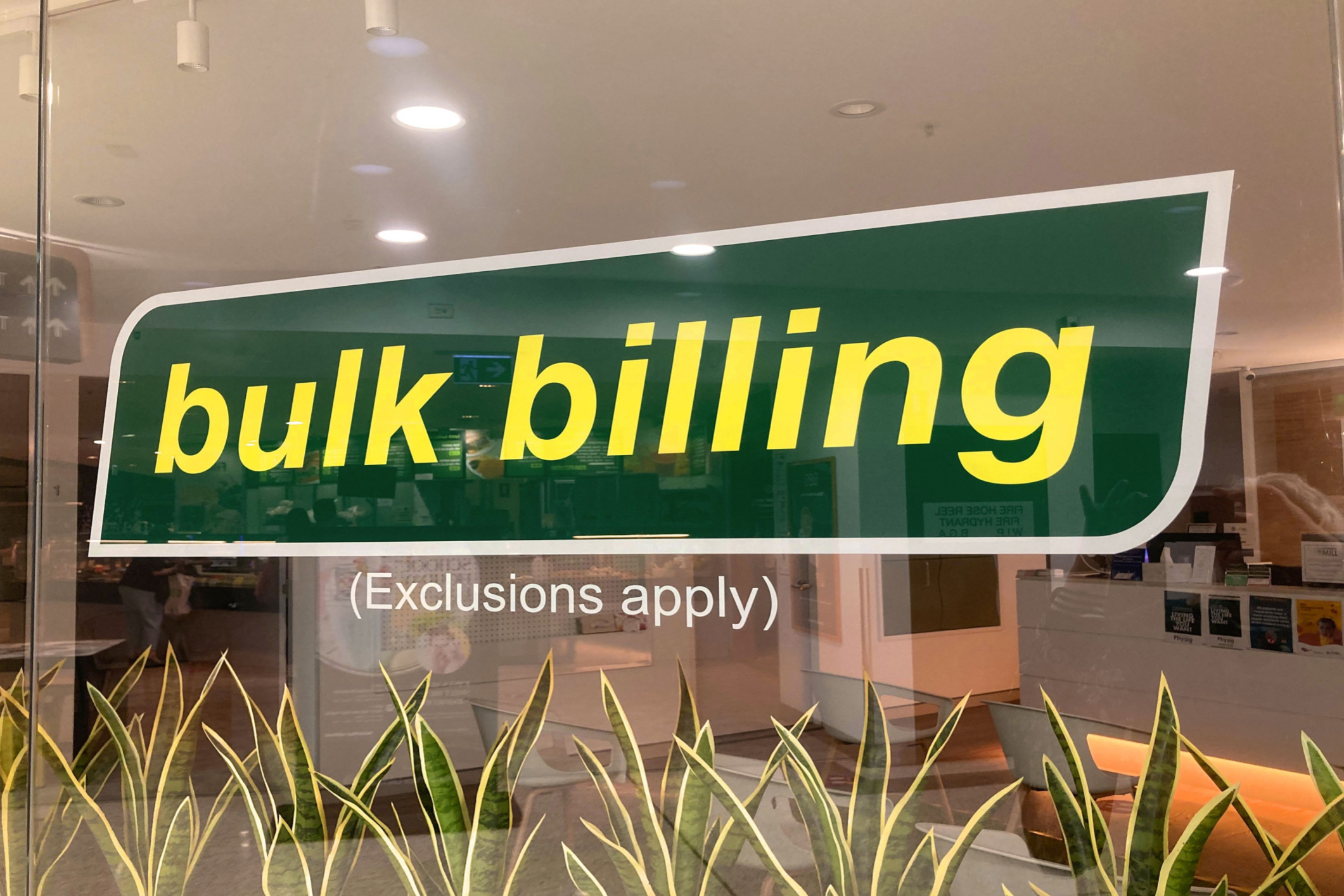
From November 1, a tripled bulk billing incentive began, said to help slow the decline in bulk billing for vulnerable patients and relieve pressure on hospitals, according to the Royal Australian College of General Practitioners (RACGP).
The bulk billing incentive is a payment paid on top of the Medicare patient rebate for a GP consultation, and increases with the rurality of a practice.
The Federal Government announced a tripled bulk billing incentive from 1 November in the May 2023 Federal Budget for general attendance consultations.
The Veteran Access Payment has also been tripled as of 1 November for all face-to-face consults longer than six minutes, all telephone and video consults from 6–20 minutes, and longer telehealth GP consults where a patient is registered through MyMedicare. This will support GPs to deliver care for veterans who hold a Department of Veterans’ Affairs Gold or White Card.
Veterans can often have complex health needs, making access to high-quality and ongoing GP care essential but reports from earlier this year indicated that practices in high-cost areas could no longer afford to bulk bill all veterans.
These bulk billing changes are crucial for our hospitals. If people delay care due to costs, health issues can compound, place more physical and financial strain on our hospitals and cost more for the health system to address.
RACGP President Doctor Nicole Higgins welcomed the increases.
“The tripling of bulk billing incentives for standard consultations is a critical stopgap to slow the decline in bulk billing,” she said.
“Bulk billing has declined significantly in recent years because Medicare rebates have been below inflation for years, and are nowhere near the cost of care. GPs have been subsidising the full cost of care every time they bulk bill their patients.
“When people can see their GP when they need to, rather than when they can afford to, they are less likely to present at hospital emergency departments. You should be able to see a GP when you need to.”